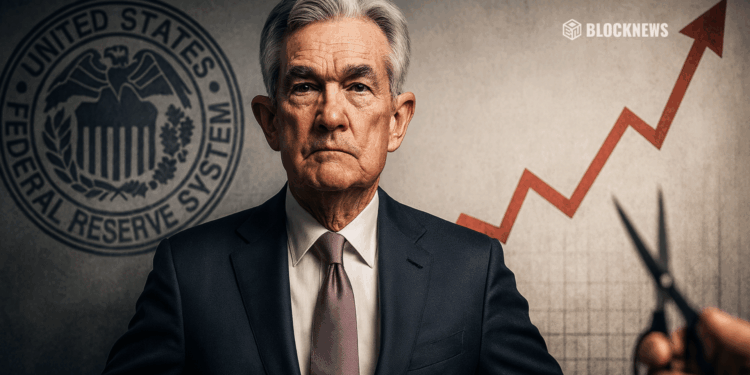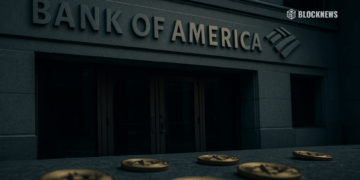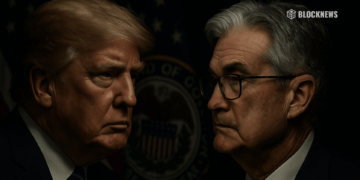- Fed Governor Michelle Bowman expects two more rate cuts in 2025.
- The Federal Funds rate could fall to around 3.75% by December.
- Bowman cites labor market weakness and manageable inflation as key reasons for continued easing.
Federal Reserve Governor Michelle Bowman has confirmed that she expects two additional rate cuts before the end of 2025, reinforcing the market’s growing conviction that the central bank is shifting toward a more accommodative stance. Speaking at an event in Washington on Tuesday, Bowman said she still anticipates the U.S. central bank will lower rates at its final two policy meetings of the year — in October and December.
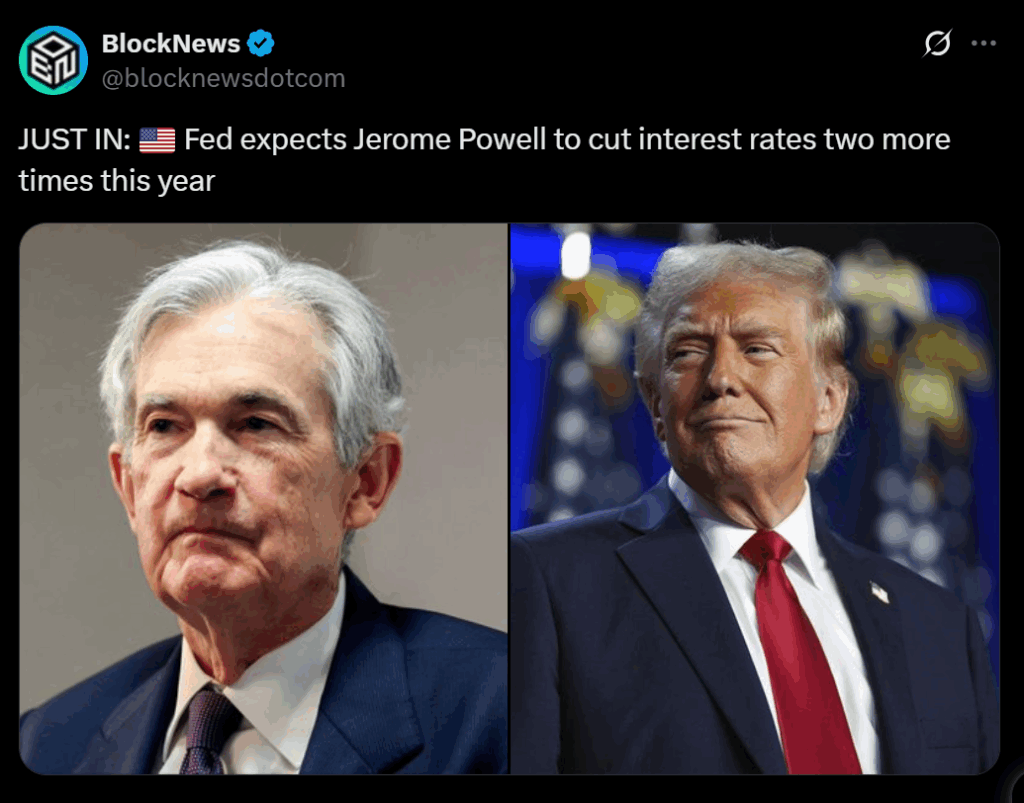
Market Prepares for More Cuts
The Fed’s benchmark interest rate currently stands between 4.00% and 4.25%, following a quarter-point reduction in September — the first since late 2024. Bowman said the outlook remains consistent with gradual easing, provided that the labor market continues to soften and inflation trends stay manageable.
“I continue to see two more cuts before the end of this year,” Bowman said, echoing projections from the Fed’s September Summary of Economic Projections, which showed a narrow majority of policymakers in favor of additional cuts in response to cooling job growth.
Futures traders largely agree. The CME FedWatch Tool shows a near-100% probability of a rate cut at the October 28–29 meeting, with another expected in December, potentially bringing the Federal Funds rate down to around 3.75% by year-end.
Balancing Growth and Inflation
Bowman noted that while inflation remains slightly above the Fed’s 2% target, risks to employment are rising. “As long as we see the labor market and other economic data evolving in the way that I expect, then we will continue to be on a path for lowering the federal funds rate,” she said.
Both Bowman and Fed Governor Christopher Waller, who were appointed by former President Donald Trump, argue that Trump’s new tariff policies are unlikely to cause persistent inflation. Instead, they believe the balance of risks now leans toward protecting the job market, as economic data points to slower hiring and weaker wage growth.
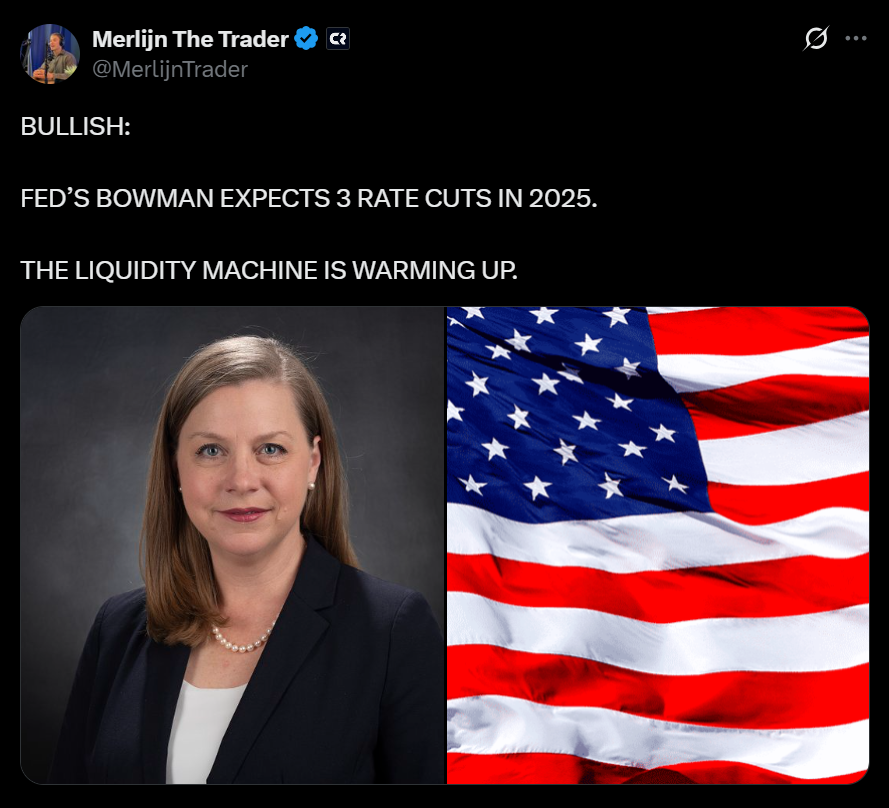
The Road Ahead
The October and December meetings will be critical for the Fed’s path forward. A pair of quarter-point cuts could lower rates to 3.5%–3.75%, helping offset the drag from ongoing trade tensions and the government shutdown’s economic fallout. However, Bowman emphasized that future moves remain data-dependent, with inflation dynamics and job market conditions dictating the pace of easing.


